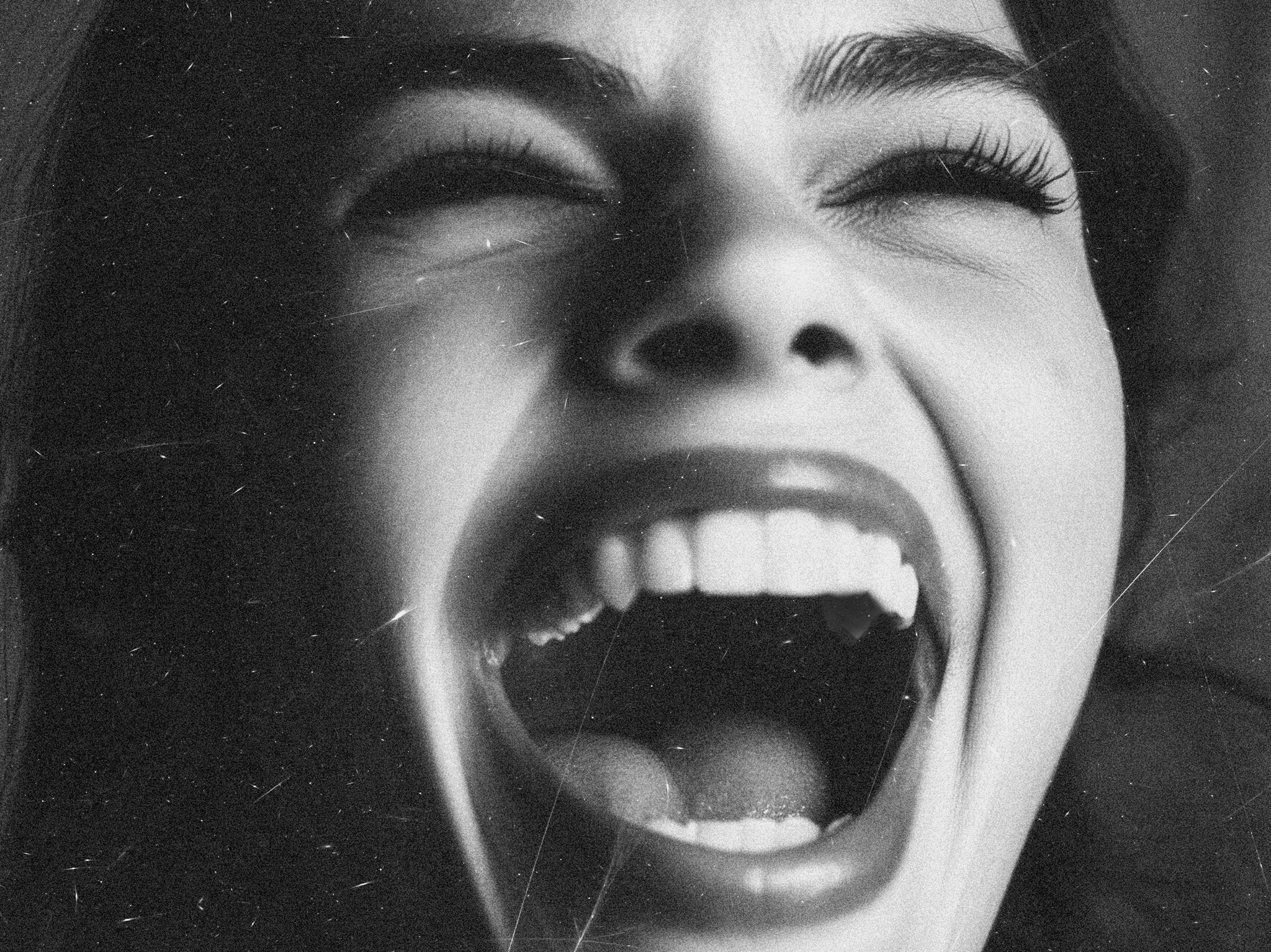Artificial intelligence has become one of the biggest revolutions in the world of digital marketing. Today, AI image generation tools allow brands to produce visual content faster, more personalized, and with a level of creativity that was once unthinkable.
This article will help you discover the most powerful platforms in 2025, how they work, and in which cases to use them for your campaigns.
Why use AI to generate images in marketing?
Before diving into the list of tools, it’s important to understand why AI image generation has become a key ally for companies and agencies:
Time and cost savings: no need for photo shoots or long hours of design for every campaign variation.
Unlimited creativity: create impossible scenarios, custom illustrations, or hyper-realistic visuals with just a prompt.
Personalization at scale: generate hundreds of variations of the same creative adapted to different audiences and platforms.
Testing speed: quickly test different visual styles in ads, social media, or landing pages.
The best AI tools for image creation in 2025
1. MidJourney
Probably the most popular tool in the creative sector. Its specialty is generating artistic, detailed images with a very distinctive style. Perfect for moodboards, concept visuals, and campaigns that require an editorial finish.
✅ Advantage: highly aesthetic results, almost “fashion magazine” quality.
🚫 Limitation: less flexible for technical adjustments or mass production.
2. Nano Banana (Google AI Studio)
One of the sector’s rising stars. Focused on generating scenes with cinematic quality, it stands out as an innovative alternative for creatives looking for different visual outputs.
✅ Advantage: highly realistic visuals with strong storytelling potential.
🚫 Limitation: still in an early stage, with a smaller community than MidJourney or Stable Diffusion.
3. DALL·E 3 (OpenAI)
Integrated into ChatGPT, it allows users to generate coherent images from text descriptions and edit existing images. Very useful for marketers who need speed and ease of use.
✅ Advantage: seamless integration with text + image workflows.
🚫 Limitation: results can still be less artistic than MidJourney’s.
4. Stable Diffusion
One of the most powerful open-source options. It allows training custom models and creating unique styles. Perfect for brands that want to develop their own aesthetic without depending on predefined styles.
✅ Advantage: total flexibility and the ability to train with custom datasets.
🚫 Limitation: requires technical knowledge and higher hardware resources.
5. Runway
Specialized in generative AI for video and image. Very popular among content creators and agencies because it enables transforming images, generating videos, and applying creative effects.
✅ Advantage: ideal for audiovisual content.
🚫 Limitation: less focused on purely static images.
6. Adobe Firefly
Adobe’s bet on creative artificial intelligence. Integrated into Photoshop and Illustrator, it allows designers to generate images, textures, and edit elements through text prompts.
✅ Advantage: direct integration with the most widely used design tools.
🚫 Limitation: safer, less experimental results.
Examples of AI advertising in 2025
Here are two standout examples of how leading companies are harnessing AI to push the boundaries of advertising in 2025.
Heinz – AI Ketchup Art
Platform used: DALL·E and text-to-image tools
What they did: Heinz asked an AI to generate images of “ketchup.” In most cases, the outputs resembled Heinz’s product.
Result: The campaign went viral on social media, reinforcing the perception of Heinz as the “default ketchup” even for machines.
Keys to success: Creativity, humor, and leveraging AI hype.

Coca-Cola – Create Real Magic
Platform used: Generative AI + open collaboration
What they did: Coca-Cola launched a platform where creatives could generate ads using AI, based on the brand’s iconic elements.
Result: Thousands of user-generated pieces, high engagement, and massive content creation without internal production costs.
Keys to success: Co-creation, brand experience, viral amplification.

At LOUD, we’re already integrating AI solutions into branding, social media, and paid media projects. If you’d like to explore how AI can boost your brand’s strategy, get in touch and let’s take your marketing to the next level.


